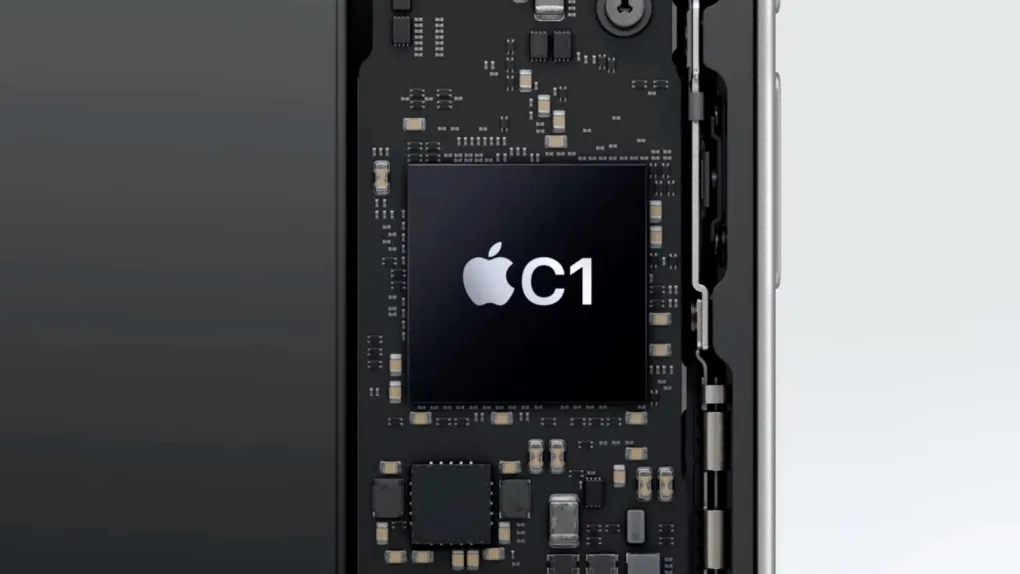Apple is gearing up for a significant change in its upcoming iPhone 18 Pro models. According to reports, the company plans to introduce its second-generation in-house 5G modem, C2, in the iPhone 18 Pro and iPhone 18 Pro Max. This marks a major shift from Apple’s reliance on Qualcomm modems, signaling its growing focus on self-developed chips. Apple’s Next-Generation Modem: What to Expect? The iPhone 18 Pro series, expected to launch in September 2026, will reportedly feature the C2 modem, which is Apple’s second iteration of its in-house 5G chip. The first version, C1, was introduced with the iPhone 16e. However, C1 lacked mmWave support, which limited its high-speed 5G performance. Feature Details Upcoming iPhone Series iPhone 18 Pro, iPhone 18 Pro Max Expected Launch September 2026 Modem in iPhone 18 Pro Models Apple C2 (Second-Generation In-House 5G Modem) Current Apple Modem C1 (Introduced with iPhone 16e) C1 Modem Limitations Lacks mmWave support (Slower 5G speeds) Potential Use of C1 May be used in iPhone 17 Air Qualcomm 5G Modem Apple might retain Qualcomm modems for premium models Source Jeff Pu (GF Securities), Mark Gurman (Bloomberg) As per analyst Jeff Pu of GF Securities, Apple is likely to introduce the C2 modem in higher-end models like the iPhone 18 Pro and iPhone 18 Pro Max, whereas standard iPhone 18 models might still rely on Qualcomm modems. Bloomberg’s Mark Gurman also hinted at Apple’s long-term plan to replace third-party modems entirely. Will iPhone 17 Air Feature Apple’s Modem? Apple was reportedly considering using the C1 modem in the iPhone 17 Air, but there are speculations that this decision might be reversed. Since the C1 chip lacks mmWave, Apple might delay its widespread implementation. Meanwhile, a refined version of C1 with mmWave support is said to be in development. What Does This Mean for Users? The transition to Apple’s proprietary 5G modem is a strategic move, aligning with its broader goal of complete hardware control. The success of the C2 modem in iPhone 18 Pro models will determine how soon Apple shifts entirely to in-house connectivity chips. Stay tuned for more updates on Apple’s next big move!
Friday, April 18, 2025


